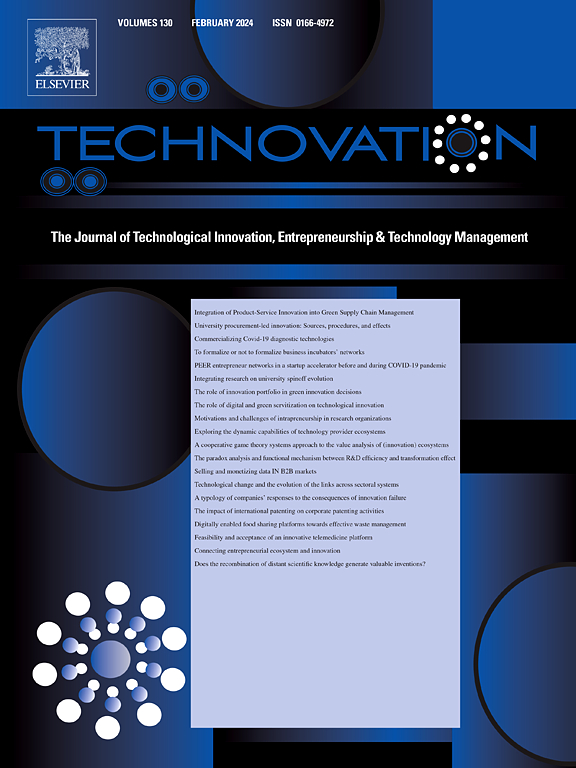Structuring resources in healthcare digital transformation: a comparison across public, private and research hospitals
IF 10.9
1区 管理学
Q1 ENGINEERING, INDUSTRIAL
引用次数: 0
Abstract
Healthcare organizations have witnessed major advances in the use of digital technologies. While prior research on Healthcare Digital Transformation (HCDT) has focused on the impact of digital technologies on healthcare operations, understanding how to manage the digital resources necessary for HCDT implementation remains unclear. We address this gap by examining how hospitals manage digital resources to foster HCDT. Drawing on the Technological, Organizational, and Environmental (TOE) framework and supported by the Resource-Based View, Relational View, and hybrid governance theories, we conduct a qualitative multi-case study of three large hospitals: one public, one private, and one research-oriented. Data collection includes semi-structured interviews, document analysis, and on-site visits. Our study reveals that HCDT strategies are shaped by hospital business models and financial structures, leading to distinct digital resource governance approaches: internal development in public hospitals, external sourcing in private hospitals, and hybrid governance in research hospitals. We propose a typology aligned with strategic logics and clarify how each model engages with digital ecosystems—ranging from internal coordination to external orchestration and collaborative innovation. Despite their dominant strategies, all hospitals maintain complementary resource bases to ensure resilience. Additionally, we contribute to theory by conceptualizing hybrid governance in research hospitals as a funding-driven mechanism, offering a new rationale for its adoption. These insights advance the understanding of digital resource management in healthcare and provide practical guidance for designing context-sensitive HCDT strategies.
医疗数字化转型中的资源结构:公立、私立和研究型医院的比较
医疗保健组织在使用数字技术方面取得了重大进展。虽然之前关于医疗保健数字化转型(HCDT)的研究主要集中在数字技术对医疗保健运营的影响上,但对如何管理实施HCDT所需的数字资源的理解仍不清楚。我们通过研究医院如何管理数字资源以促进HCDT来解决这一差距。利用技术、组织和环境(TOE)框架,在资源基础观、关系观和混合治理理论的支持下,我们对三家大型医院进行了定性多案例研究:一家是公立医院,一家是私立医院,一家是研究型医院。数据收集包括半结构化访谈、文件分析和现场访问。我们的研究表明,HCDT战略受医院商业模式和财务结构的影响,导致不同的数字资源治理方法:公立医院的内部开发,私立医院的外部采购,以及研究型医院的混合治理。我们提出了一种与战略逻辑相一致的类型,并阐明了每种模型如何与数字生态系统相结合——从内部协调到外部协调和协作创新。尽管采取了主导战略,但所有医院都保持互补的资源基础,以确保复原力。此外,我们通过将研究型医院的混合治理概念化为资金驱动机制,为其采用提供了新的理论依据,从而为理论做出了贡献。这些见解促进了对医疗保健中的数字资源管理的理解,并为设计上下文敏感的HCDT策略提供了实用指导。
本文章由计算机程序翻译,如有差异,请以英文原文为准。
求助全文
约1分钟内获得全文
求助全文
来源期刊

Technovation
管理科学-工程:工业
CiteScore
15.10
自引率
11.20%
发文量
208
审稿时长
91 days
期刊介绍:
The interdisciplinary journal Technovation covers various aspects of technological innovation, exploring processes, products, and social impacts. It examines innovation in both process and product realms, including social innovations like regulatory frameworks and non-economic benefits. Topics range from emerging trends and capital for development to managing technology-intensive ventures and innovation in organizations of different sizes. It also discusses organizational structures, investment strategies for science and technology enterprises, and the roles of technological innovators. Additionally, it addresses technology transfer between developing countries and innovation across enterprise, political, and economic systems.
 求助内容:
求助内容: 应助结果提醒方式:
应助结果提醒方式:


